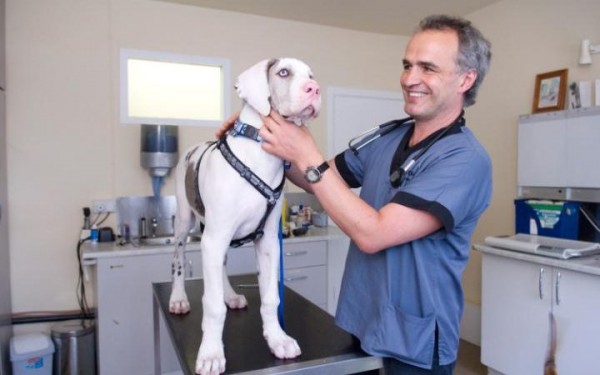By

This weekend saw the biggest annual global gathering of “companion animal” (pet) vets, which takes place in Birmingham every year. The BSAVA congress has 15 concurrent streams of lectures and practicals for eight hours a day, over five days. Vets need to do a minimum of 30 hours of continuing education per year: attendance at this conference allows a full quota to be obtained on one trip.
Diagnostics, medicine, surgery and therapeutics take up most of the lecture time but there’s also space for debate and discussion: one lecture on the ethics of choosing the right time for euthanasia caught my attention, partly because it brought back memories of euthanasing my own much-loved family pet, a dog called Spot.
Euthanasia: vets, owners and pets are involved
The lecture looked at the decision on euthanasia from three perspectives: the vet, the owner, and not least, the pet itself. The big question, of course, is “when is the right time to say goodbye”?
Vets
Vets are obliged to fulfil a vow, made on qualifying, to prevent animals from suffering: arguably we may be in a better position to assess quality of life objectively than an emotionally distraught owner. That said, vets cannot dictate the outcome of a situation: owners need to be brought along with the decision. If owners do not fully understand, and agree with, the decision, they may subsequently say “the vet forced me into it”.
Owners
For owners, there are often conflicting emotions. There may be intense grief at the prospect of losing a much loved family member, but there may also be a fear of allowing their pet to suffer by going on too long. In most cases, the decision making is made easier by the thought that they are fulfilling their responsibility of relieving their pet’s suffering.
Despite this, afterward, there is often guilt: the feeling that they have “murdered” a loved one, regret that they may have done it too soon, or (more commonly), that they may have left it too late, so that the pet suffered unnecessarily.
Pets
What about euthanasia from the pet’s perspective? Do animals experience fear or despair at the thought of dying? Can they anticipate impending death? Can they consider the concept of an extended life of deteriorating quality compared to a shorter life with less pain? Is it arrogant of us to assume that that elderly pets want to stay alive and remain in our company? While each of us may have strong views about these questions, there are no definitive answers.

The general assumption is that euthanasia provides instantaneous relief from pain and suffering, and that animals have no foreknowledge that it’s going to happen. It seems most likely that the experience involves peacefully falling asleep and then into death, without being aware that this is happening. Perhaps how most of us would like to end our days, and that’s why we find it so easy to justify euthanasing our pets.
Pet hospices
There is a growing end of life/ hospice care movement for pets, aiming to optimise end of life arrangements for pets. It’s come up with some useful tools, like the HHHHHMM Quality of Life Scale , which can help people reach the euthanasia decision more easily. Euthanasia of pets is a collaborative decision, with human carers and veterinary staff (vets and nurses) working together to find the best answer. For myself, and my 15-year-old dog Spot, I had to wear the hat of owner and vet at the same time. Spot made it easy for me: he had been gradually declining with doggy Alzheimer’s, and when he refused to eat for two days in a row, it was as if he was sending me a message. He was ready to go, and I was ready to help him.
Complete Article HERE!
